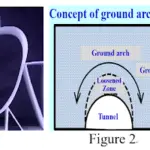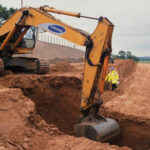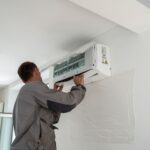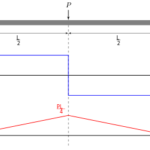Safety should be paramount in every industry, and for electrical contractors dealing with underground utility equipment, this principle holds an added layer of significance. One area that demands meticulous attention is the use of lighting in hazardous environments.
Certified explosion proof lights are not only a recommendation, but a requirement by the Occupational Safety and Health Administration (OSHA) for these precarious areas, including those with the potential presence of flammable vapors, liquids, gases, or combustible dust or fibers. The specific nature of these environments ultimately determines the Class and Division for which an explosion proof light is certified.

Understanding Classes and Divisions
Explosion proof lights are classified into three classes: Class I, Class II, and Class III, each of which is further divided into two divisions. This stratification system serves a crucial role in promoting safety, as it ensures that the correct type of lighting is employed under given conditions. By selecting the appropriate classification, electrical contractors can significantly mitigate the risk of explosions or other catastrophic events.
Class I: Safeguarding Against Flammable Gases, Vapors, and Liquids
Class I encompasses environments where flammable gases, vapors, or liquids are present. This class is further divided into Division 1 and Division 2, signifying different levels of risk. Division 1 refers to spaces where these flammable substances are continuously or frequently present under normal operating conditions. Conversely, Division 2 pertains to areas where these ignitable concentrations only become a concern under abnormal conditions. Knowing which division to apply in a given scenario is vital in the prevention of potential accidents.
Also Read: 5 Simple Strategies to Improve Workplace Safety and Reduce the Risk of Injury
Class II: Combating Combustible Dusts
Next, we have Class II, which covers areas where combustible dust concentrations can be found. Division 1 within this class identifies environments where such dust is present during normal operations. Meanwhile, Division 2 denotes spaces where combustible dust emerges under abnormal operating conditions. Appropriate lighting in these settings helps to curb potential ignition of dust particles, contributing significantly to safety measures.
Class III: Managing Ignitable Fibers or Materials
Lastly, Class III is dedicated to conditions where easily ignitable fibers or materials that produce combustible flyings exist. Division 1 addresses areas where these materials are a common presence during standard operations, whereas Division 2 defines those zones where these hazardous substances exist under abnormal circumstances. Utilizing the right type of explosion proof light in these situations is integral in reducing the likelihood of fires or explosions.
Promoting Safety Through Compliance
Making the correct choice when it comes to the Class and Division of explosion proof lights is crucial for electrical contractors. A thorough assessment of the work environment is necessary to choose the suitable lighting solution. Fulfilling these regulatory requirements is a practical way to drastically reduce the potential risk of accidents, ensuring the safety of both personnel and assets.
Summary
Electrical contractors shoulder the responsibility of championing safety in their work environments. By understanding and complying with OSHA’s classifications for explosion proof lights, they achieve more than just regulatory compliance – they build a strong defense against disasters. These certified explosion proof lights act as a crucial barrier against potential hazards, ensuring that electrical contractors can operate safely even in the most challenging conditions. The adoption and diligent application of these guidelines are the foundations upon which a safe, efficient, and hazard-free work environment can be built.
















